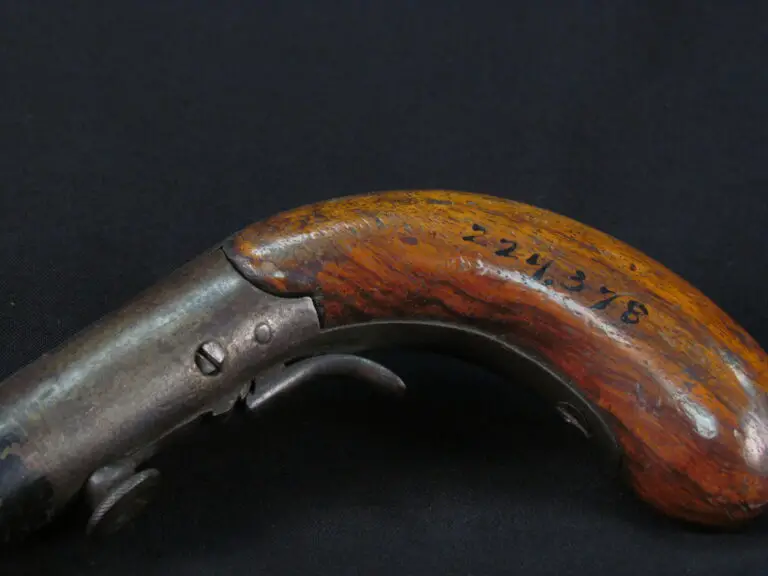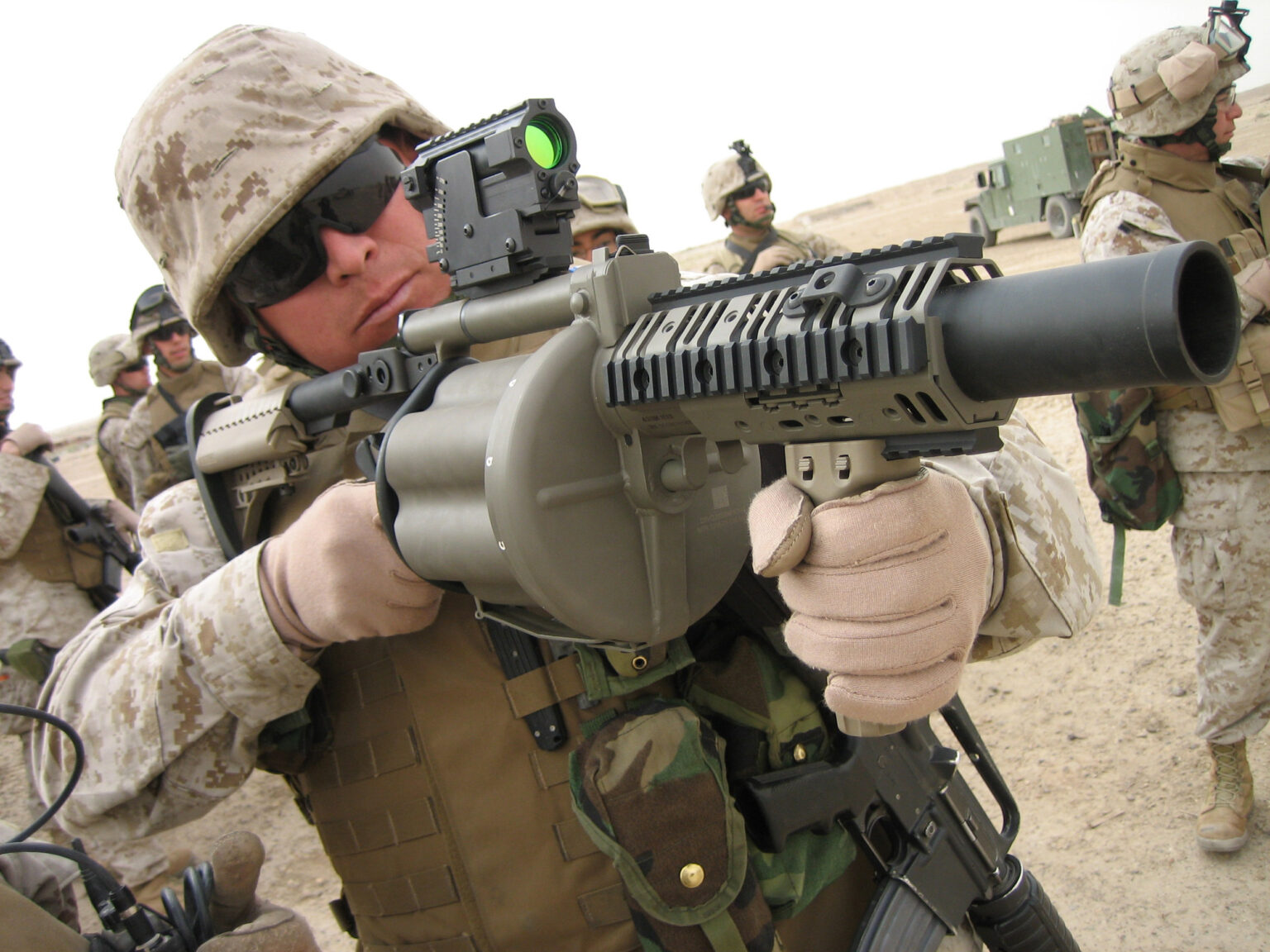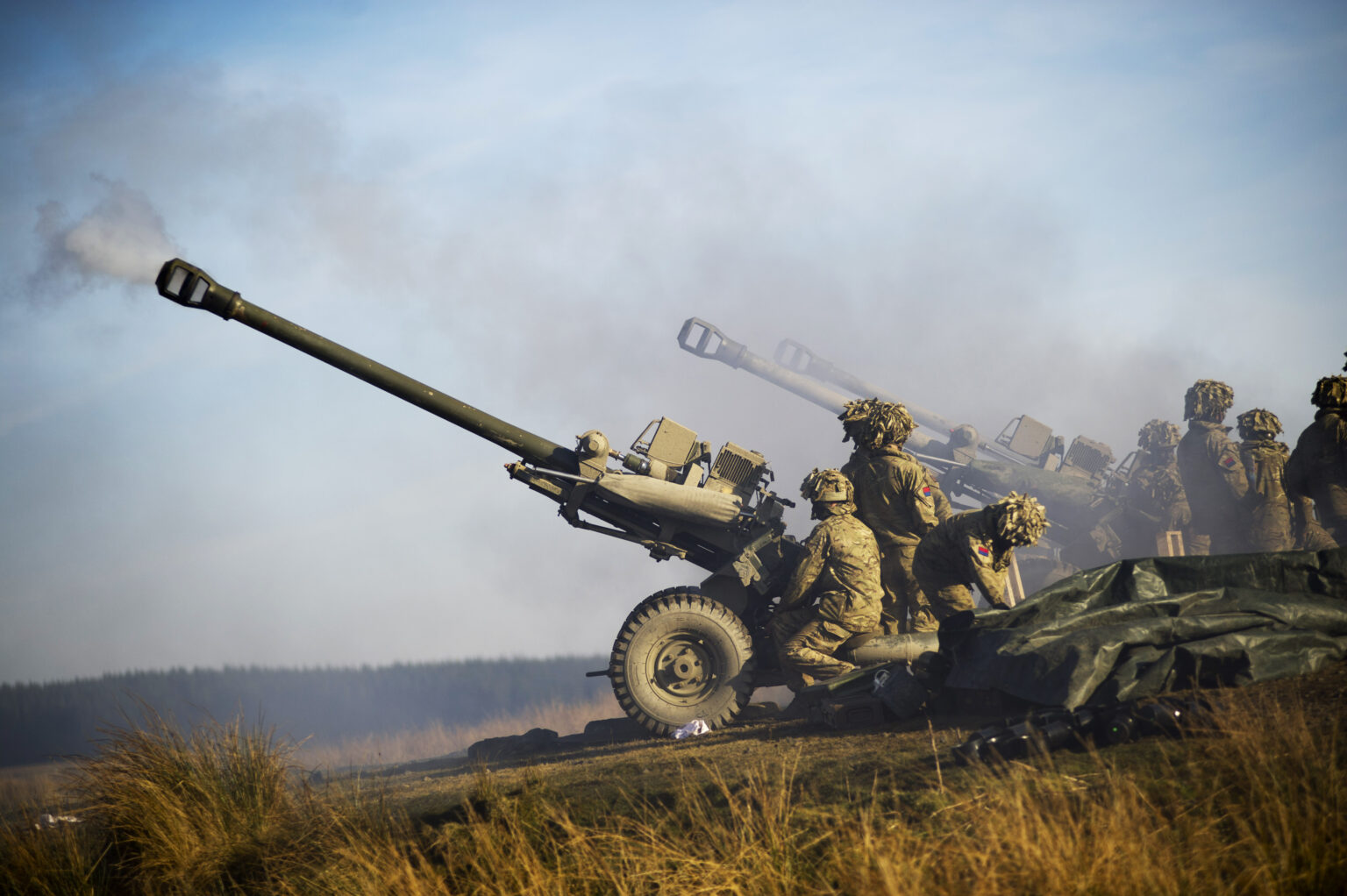Class 4 weapons are a category of firearms that often spark curiosity and debate among firearm enthusiasts, collectors, and policymakers alike. These weapons are typically associated with restricted or prohibited firearms that require special licensing for possession. The classification system for firearms varies across countries, but in the United States, Class 4 weapons fall under the purview of the National Firearms Act (NFA) and Bureau of Alcohol, Tobacco, Firearms, and Explosives (ATF). This article aims to provide an in-depth exploration of Class 4 weapons, including their definitions, legalities, and implications for society.
Firearms have played a significant role in shaping history, culture, and national security. However, the classification of weapons into categories such as Class 4 highlights the complexities surrounding firearm regulation. Understanding what constitutes a Class 4 weapon is crucial for those who seek to comply with legal requirements or engage in discussions about gun control.
This guide will explore the nuances of Class 4 weapons, covering everything from their historical background to current regulations. Whether you're a firearms enthusiast, a policymaker, or simply someone interested in learning more about this topic, this article aims to provide a balanced and informative perspective.
Read also:Will Ferrell Teeth A Closer Look At The Iconic Smile That Defines Hollywood
Table of Contents
- What Are Class 4 Weapons?
- History of Class 4 Weapons
- Classification System for Firearms
- Legal Requirements for Class 4 Weapons
- Types of Class 4 Weapons
- Regulatory Agencies and Their Role
- International Perspective on Class 4 Weapons
- Impact on Society
- The Debate Surrounding Class 4 Weapons
- Conclusion
What Are Class 4 Weapons?
Class 4 weapons refer to firearms that are classified as destructive devices under the National Firearms Act (NFA). These weapons are highly restricted and typically require a special license for possession. Examples of Class 4 weapons include machine guns, short-barreled shotguns, silencers, and explosive devices. The classification is based on the potential for these weapons to cause significant harm or destruction.
While Class 4 weapons are not illegal per se, their acquisition and use are heavily regulated. This ensures that only individuals or entities with legitimate reasons, such as law enforcement agencies or military personnel, can obtain them. Understanding the definition and scope of Class 4 weapons is essential for anyone interested in firearms or firearm laws.
Key Characteristics of Class 4 Weapons
- Highly destructive capabilities
- Restricted to specific users
- Require special licensing
- Include machine guns, silencers, and explosive devices
History of Class 4 Weapons
The history of Class 4 weapons dates back to the early 20th century when the United States government sought to regulate firearms in response to rising crime rates and public safety concerns. The National Firearms Act of 1934 was one of the first legislative efforts to impose restrictions on certain types of firearms, including those that would later be classified as Class 4 weapons.
Over the years, the classification and regulation of Class 4 weapons have evolved to address new challenges and technologies. For example, the introduction of silencers and short-barreled rifles prompted additional regulatory measures. The history of Class 4 weapons reflects the ongoing balance between individual rights and public safety.
Significant Events in the Regulation of Class 4 Weapons
- National Firearms Act (NFA) of 1934
- Gun Control Act of 1968
- Firearm Owners Protection Act of 1986
Classification System for Firearms
The classification system for firearms is designed to categorize weapons based on their characteristics and potential for harm. Class 4 weapons represent one of the highest levels of restriction within this system. The classification process involves evaluating factors such as barrel length, firing mechanism, and destructive capabilities.
Understanding the classification system is crucial for anyone involved in the acquisition, sale, or use of firearms. It ensures that individuals comply with legal requirements and contribute to public safety.
Read also:The Sandlot 2 A Classic Baseball Adventure
Levels of Classification
- Class 1: Dealers in firearms
- Class 2: Manufacturers of firearms
- Class 3: Dealers in NFA items
- Class 4: Manufacturers of destructive devices
Legal Requirements for Class 4 Weapons
Acquiring and possessing Class 4 weapons involves a rigorous legal process. Individuals must obtain a special license from the Bureau of Alcohol, Tobacco, Firearms, and Explosives (ATF) and undergo extensive background checks. The application process includes submitting fingerprints, photographs, and a detailed explanation of the intended use of the weapon.
Legal requirements for Class 4 weapons are designed to ensure that only qualified individuals or entities can possess these highly restricted firearms. Compliance with these regulations is essential for maintaining public safety and preventing misuse.
Steps to Obtain a Class 4 License
- Submit an application to the ATF
- Provide fingerprints and photographs
- Pass a background check
- Explain the intended use of the weapon
Types of Class 4 Weapons
Class 4 weapons encompass a wide range of firearms and devices, each with unique characteristics and applications. Some of the most common types of Class 4 weapons include:
- Machine guns
- Silencers
- Short-barreled shotguns
- Explosive devices
Each type of Class 4 weapon is subject to specific regulations and restrictions. Understanding the differences between these weapons is essential for anyone involved in their acquisition or use.
Machine Guns
Machine guns are fully automatic firearms capable of firing multiple rounds with a single trigger pull. They are among the most heavily regulated Class 4 weapons due to their potential for causing widespread harm.
Silencers
Silencers, also known as suppressors, are devices designed to reduce the noise and muzzle flash produced by firearms. While not inherently destructive, silencers are classified as Class 4 weapons due to their association with other restricted firearms.
Regulatory Agencies and Their Role
The regulation of Class 4 weapons is overseen by several federal agencies, including the Bureau of Alcohol, Tobacco, Firearms, and Explosives (ATF) and the Department of Justice (DOJ). These agencies are responsible for enforcing laws related to firearms and ensuring compliance with regulatory requirements.
The role of regulatory agencies extends beyond enforcement. They also provide guidance and resources to individuals and organizations seeking to comply with firearm regulations. This collaborative approach helps promote public safety and responsible firearm ownership.
Functions of Regulatory Agencies
- Enforce firearm laws and regulations
- Conduct background checks
- Issue licenses and permits
- Provide guidance and resources
International Perspective on Class 4 Weapons
The regulation of Class 4 weapons varies significantly across countries, reflecting differing cultural, historical, and political contexts. While some nations impose strict restrictions on these weapons, others adopt more permissive policies. Understanding the international perspective on Class 4 weapons provides valuable insights into global approaches to firearm regulation.
For example, countries such as the United Kingdom and Australia have implemented stringent gun control measures, while the United States maintains a more permissive stance. These differences highlight the complexities of firearm regulation on a global scale.
Comparison of Gun Laws Across Countries
- United States: Permissive regulations with special licensing for Class 4 weapons
- United Kingdom: Strict gun control laws with limited exceptions
- Australia: Comprehensive gun control measures following high-profile incidents
Impact on Society
The impact of Class 4 weapons on society is a topic of ongoing debate. Proponents argue that these weapons have legitimate applications in law enforcement, military operations, and competitive shooting. Critics, however, raise concerns about the potential for misuse and the risk to public safety.
Striking a balance between individual rights and public safety is essential for addressing the impact of Class 4 weapons on society. This requires careful consideration of regulatory frameworks, enforcement mechanisms, and community engagement.
Positive Impacts
- Enhanced security for law enforcement and military personnel
- Opportunities for competitive shooting and firearms training
Negative Impacts
- Risk of misuse and unauthorized possession
- Potential for causing harm to innocent individuals
The Debate Surrounding Class 4 Weapons
The debate surrounding Class 4 weapons often centers on issues of gun control, individual rights, and public safety. Advocates for stricter regulations argue that limiting access to these weapons is necessary to protect society. On the other hand, proponents of gun rights emphasize the importance of preserving Second Amendment freedoms.
Resolving this debate requires a nuanced understanding of the complexities involved and a commitment to finding common ground. Engaging in constructive dialogue and evidence-based policymaking can help address the challenges posed by Class 4 weapons.
Key Arguments in the Debate
- Public safety concerns versus individual rights
- Effectiveness of current regulations
- Role of law enforcement and military in regulating Class 4 weapons
Conclusion
Class 4 weapons represent a critical area of firearm regulation that requires careful consideration and balanced policymaking. Understanding the definition, history, and legal requirements associated with these weapons is essential for anyone involved in firearm ownership or advocacy. By promoting public awareness and fostering constructive dialogue, we can work towards a safer and more informed society.
We invite you to share your thoughts and insights in the comments section below. Your feedback is valuable in shaping the conversation around Class 4 weapons and firearm regulation. Additionally, feel free to explore other articles on our website for more information on related topics.
For further reading, consider consulting authoritative sources such as the Bureau of Alcohol, Tobacco, Firearms, and Explosives (ATF) and the National Firearms Act (NFA). These resources provide comprehensive information on firearm laws and regulations.


